Bio
When I was 16, the NAACP of my small Kankakee, Illinois, hometown determined to protest the school district I was a standout in and benefactor of. Why? Its leaders argued that the pregnancy, suspension, drop-out and truancy rates were related to scarcely a Black teacher in the schools. The leaders claimed White students either went to college or were guaranteed good jobs in town through nepotism or networks as Black students were steered to technical career programs, the military (in a Desert Storm era) and of course jail.
The NAACP’s solution was to pull Black students out of the district and into makeshift church schools until the school board achieved more racial balance in its hiring. For me to protest, I would have had to leave school the year before applying to college and with a near straight-A average. I needed my grades. My opportunities to college were tied to necessary scholarships that a senior year lacuna would jeopardize.
I was also Class President and Miss Junior Kankakee. As a result, I knew more people than most. I saw the NAACP’s argument. It made sense that Black women and men could better understand Black young people and that Black teachers would not overreact about minor behavior issues. I also knew they could better recognize displays of prodigy which cut against prevalent models set by mainstream behaviors, cultures and identities.
Yet, I was also sequestered in honors classes and surrounded by higher achieving friends of all races. The color of our teachers was not responsible for who we were. We were self-determined. For some, this was due was pushy parents. For others, achievement was a cultural or religious norm. For many like me, it was a will to stay out of trouble and inside opportunity.
The NAACP’s proposal to segregate our district went against I learned in Black History Month; thousands of people died in the fights to end legal segregation. I found it so odd we were at such a backwards point in race relations that I fired off a letter to the newspaper to protest the protest.
My letter galvanized the NAACP’s threats into a movement. It freed up White people to start writing in their opinions for hope that we could all get along. It spurred Blacks to write about their own experiences. I was profiled on the front page of the local newspaper. Within weeks, a New York City talk shows how had heard the big news in our little place; suddenly, I was to be swept off to the Big Apple as the representative of all sides on national television. This was to be my first plane trip. I was excited, and ready.
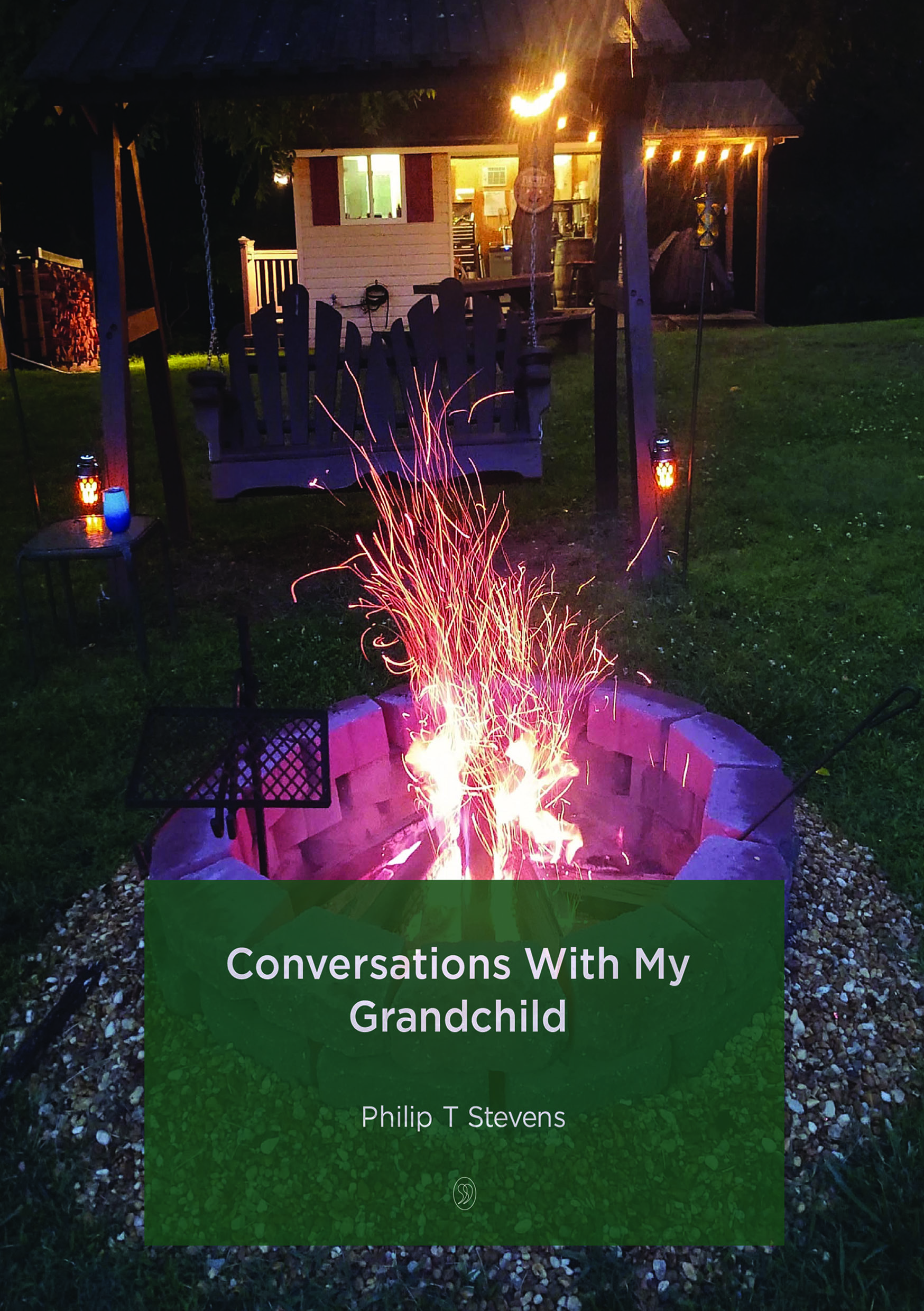



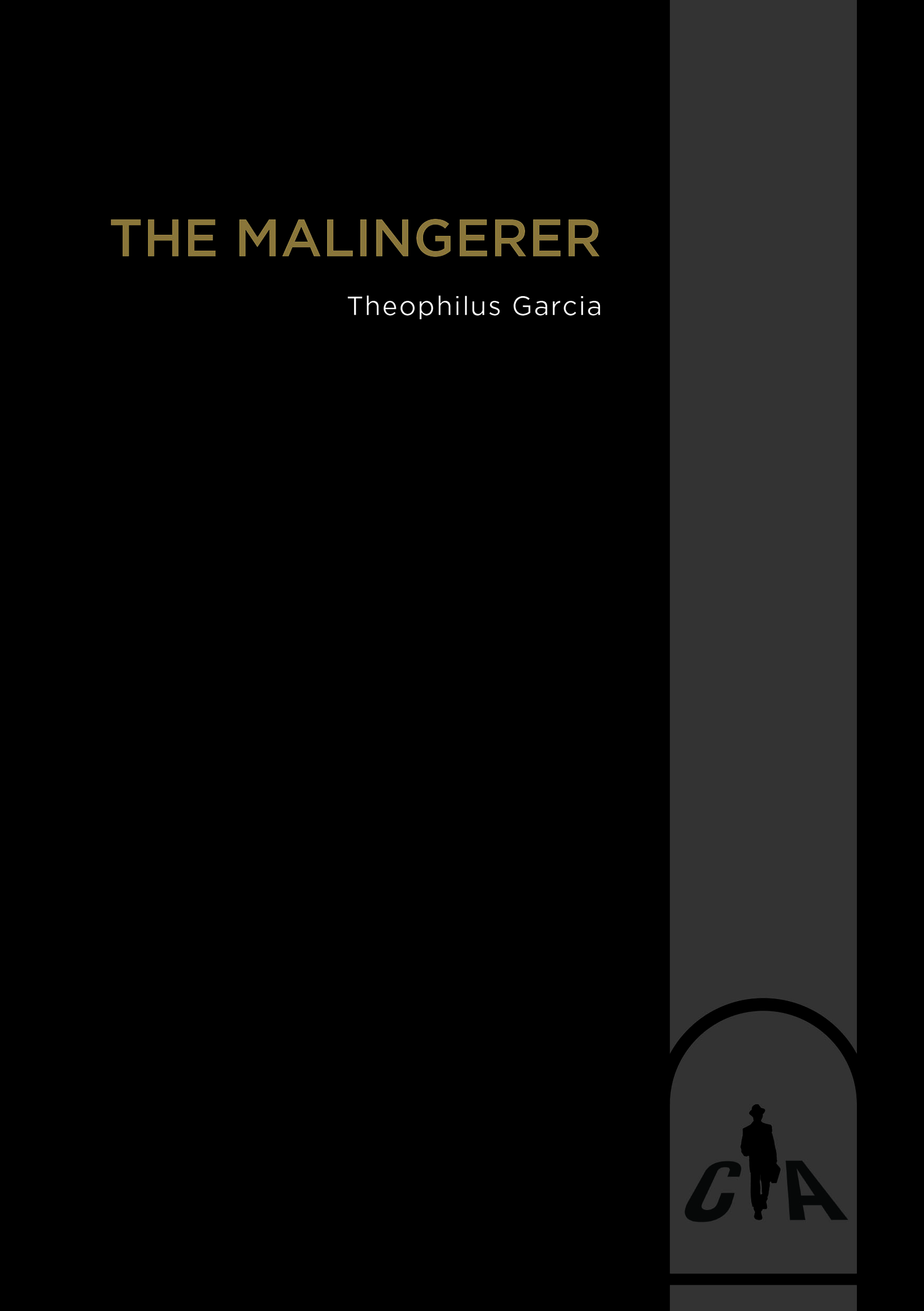

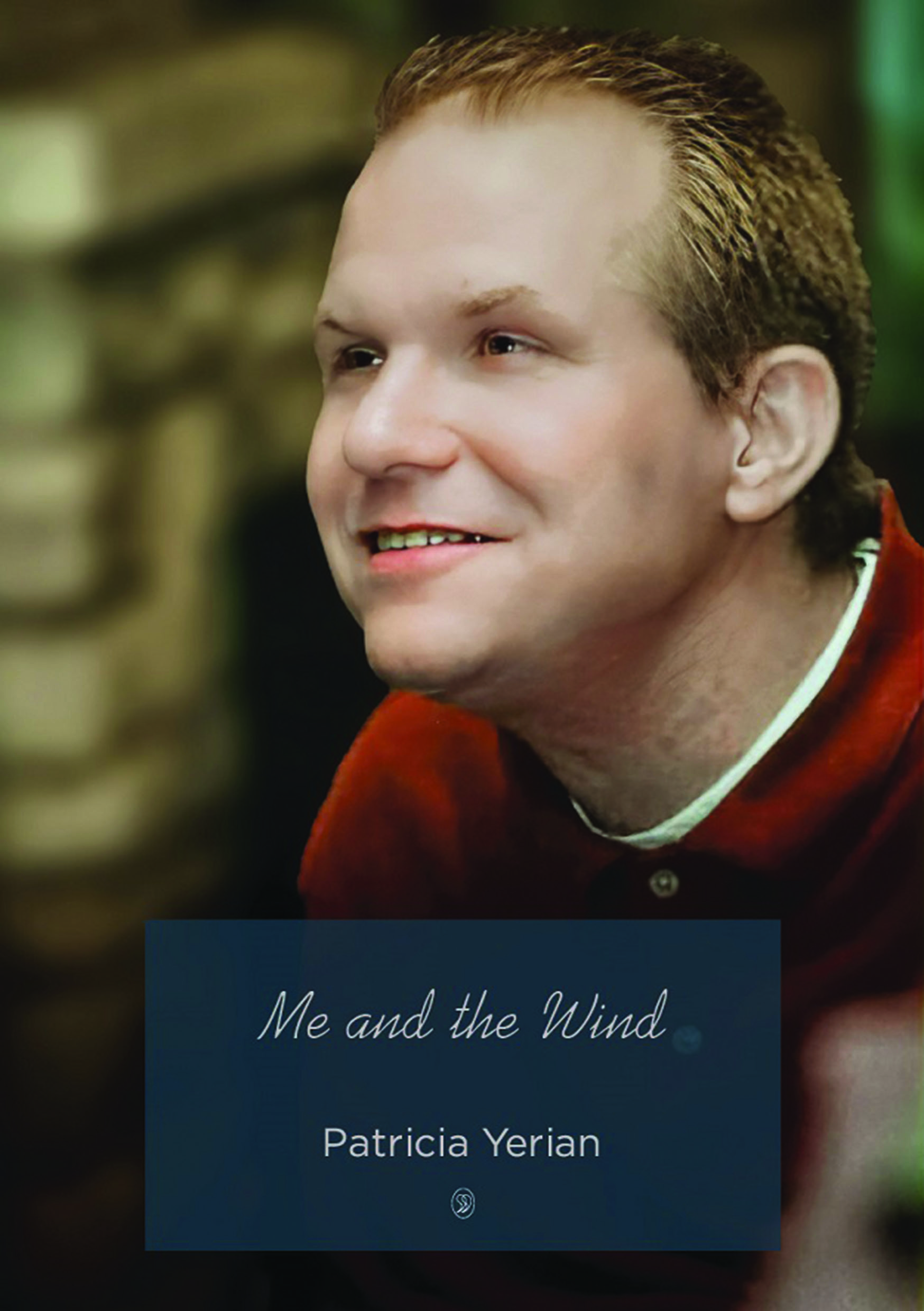



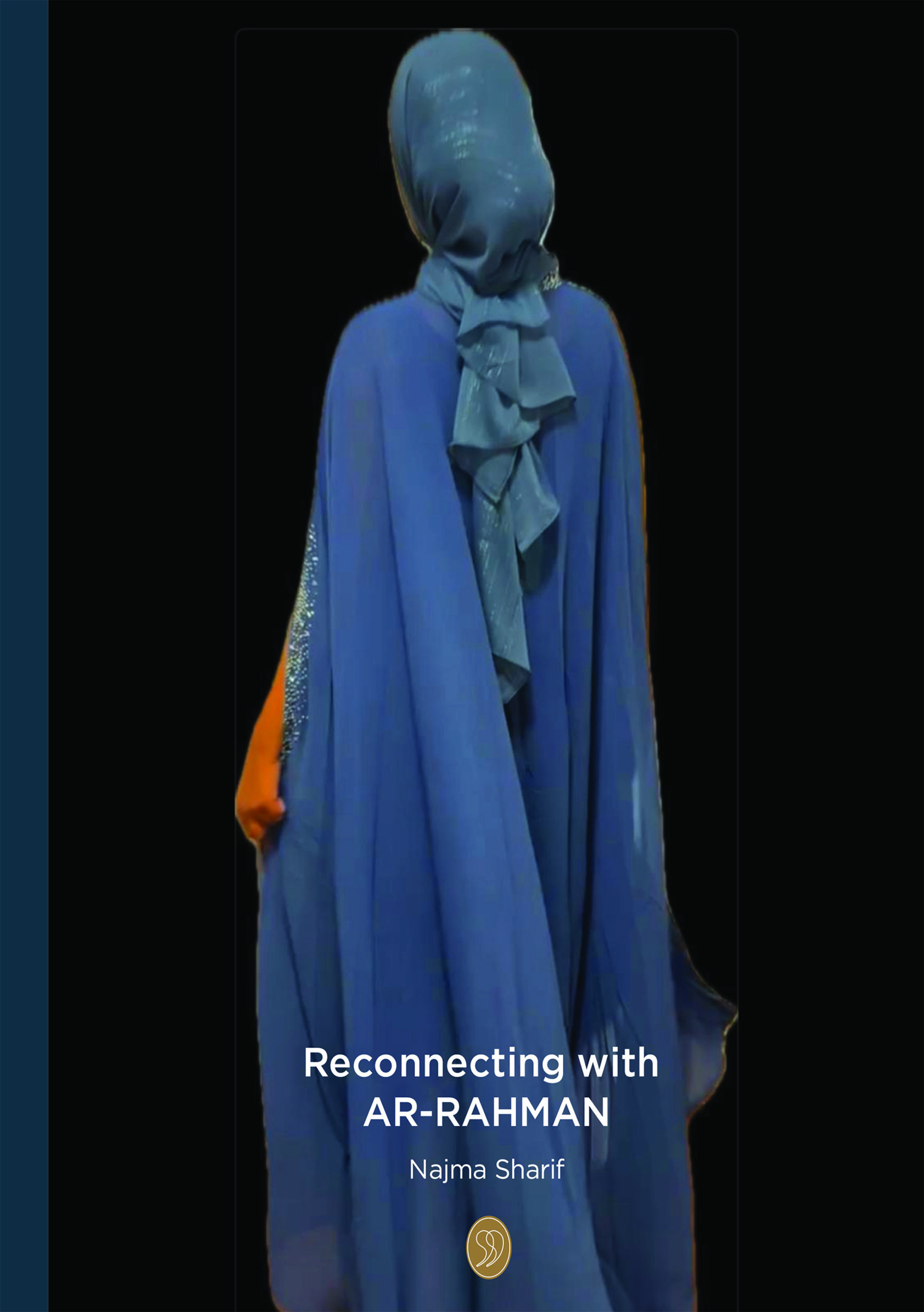



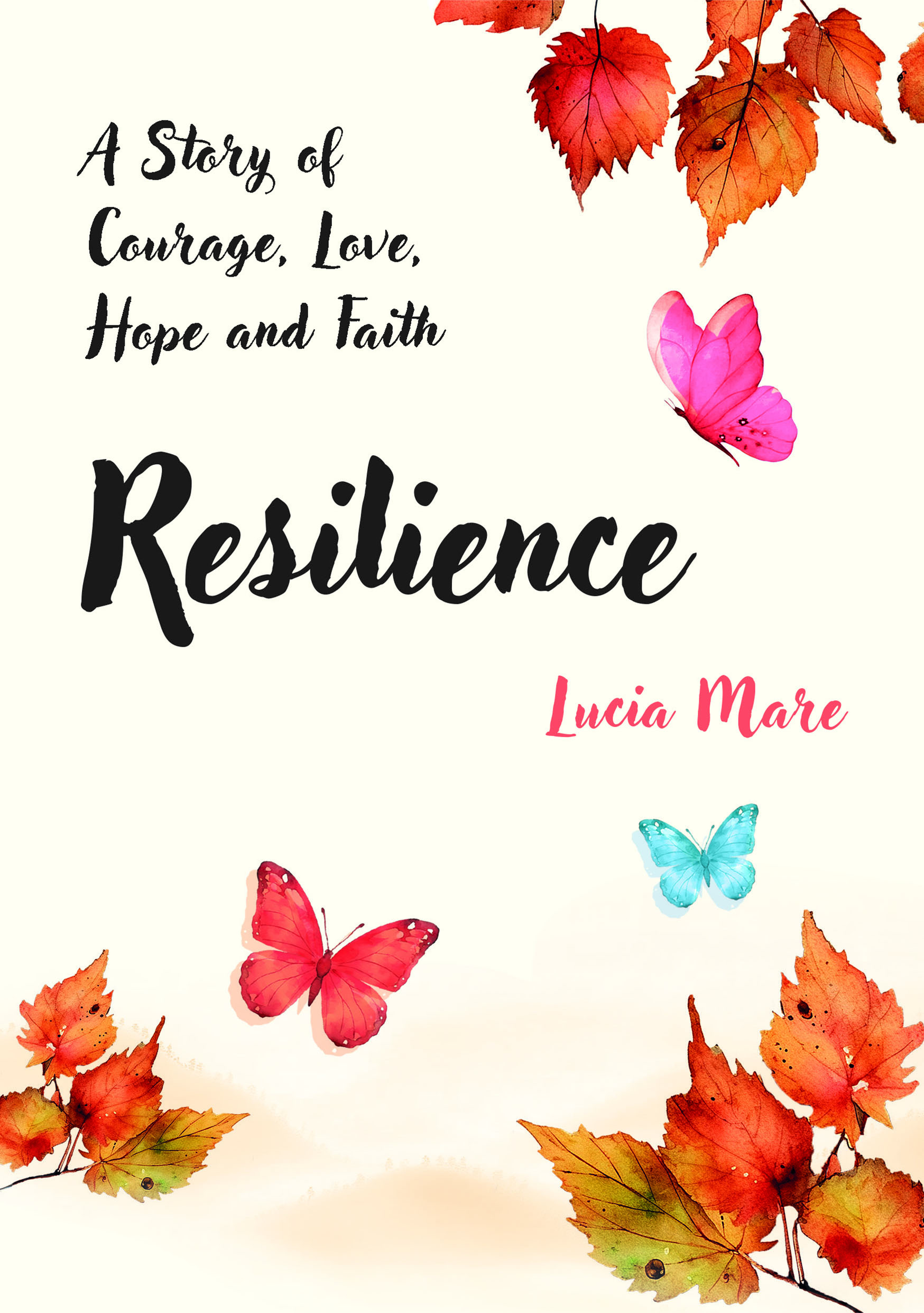



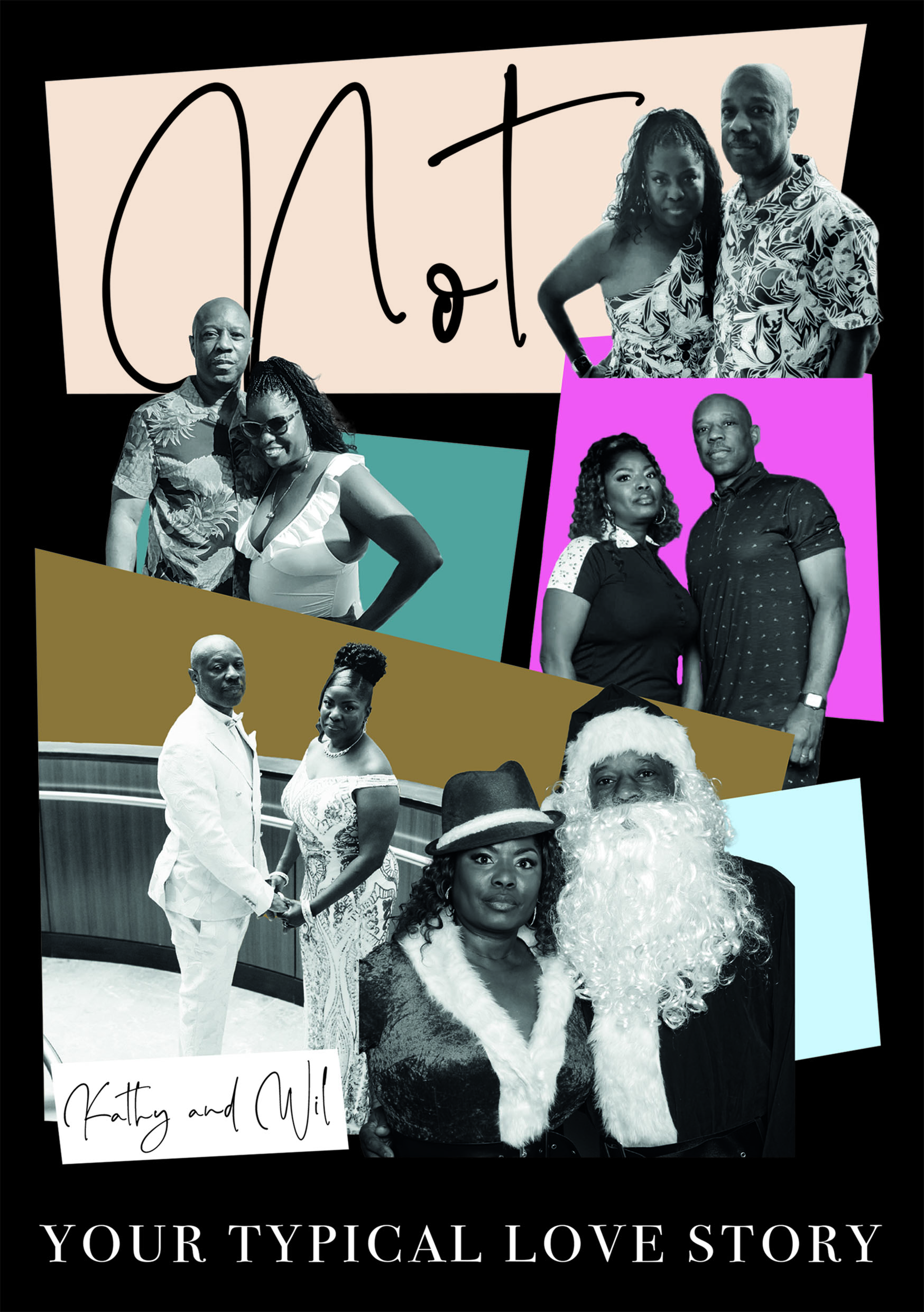

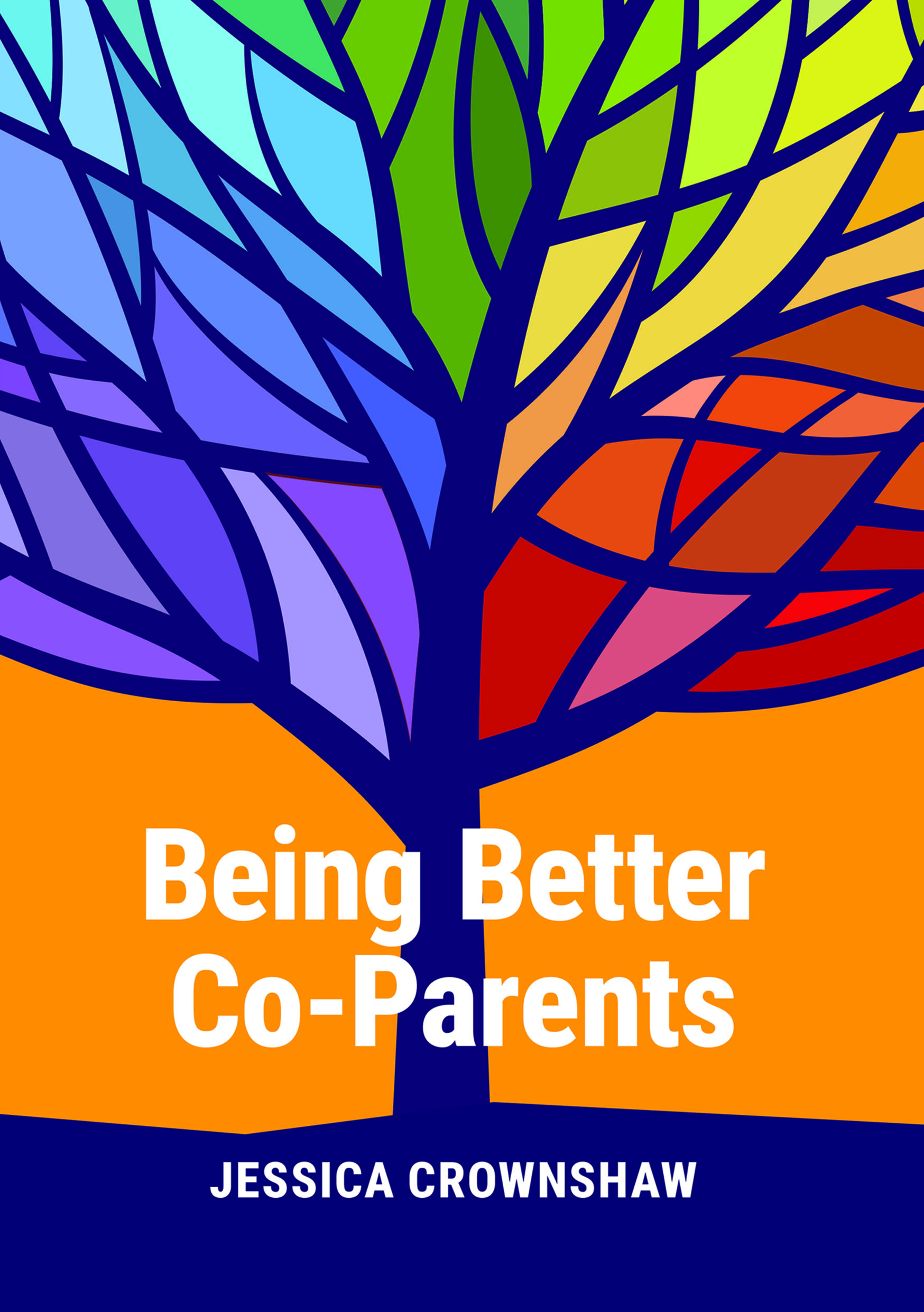

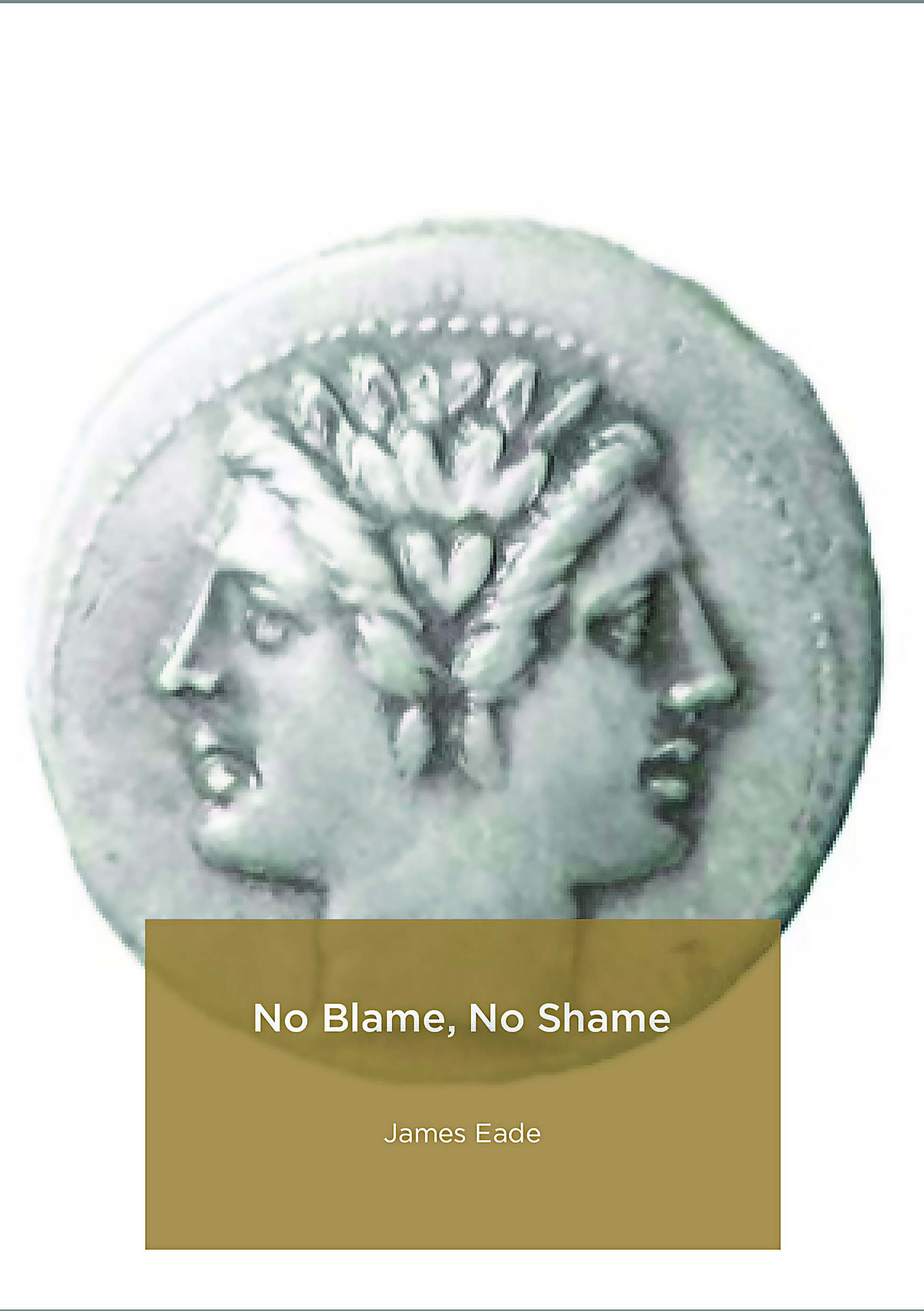



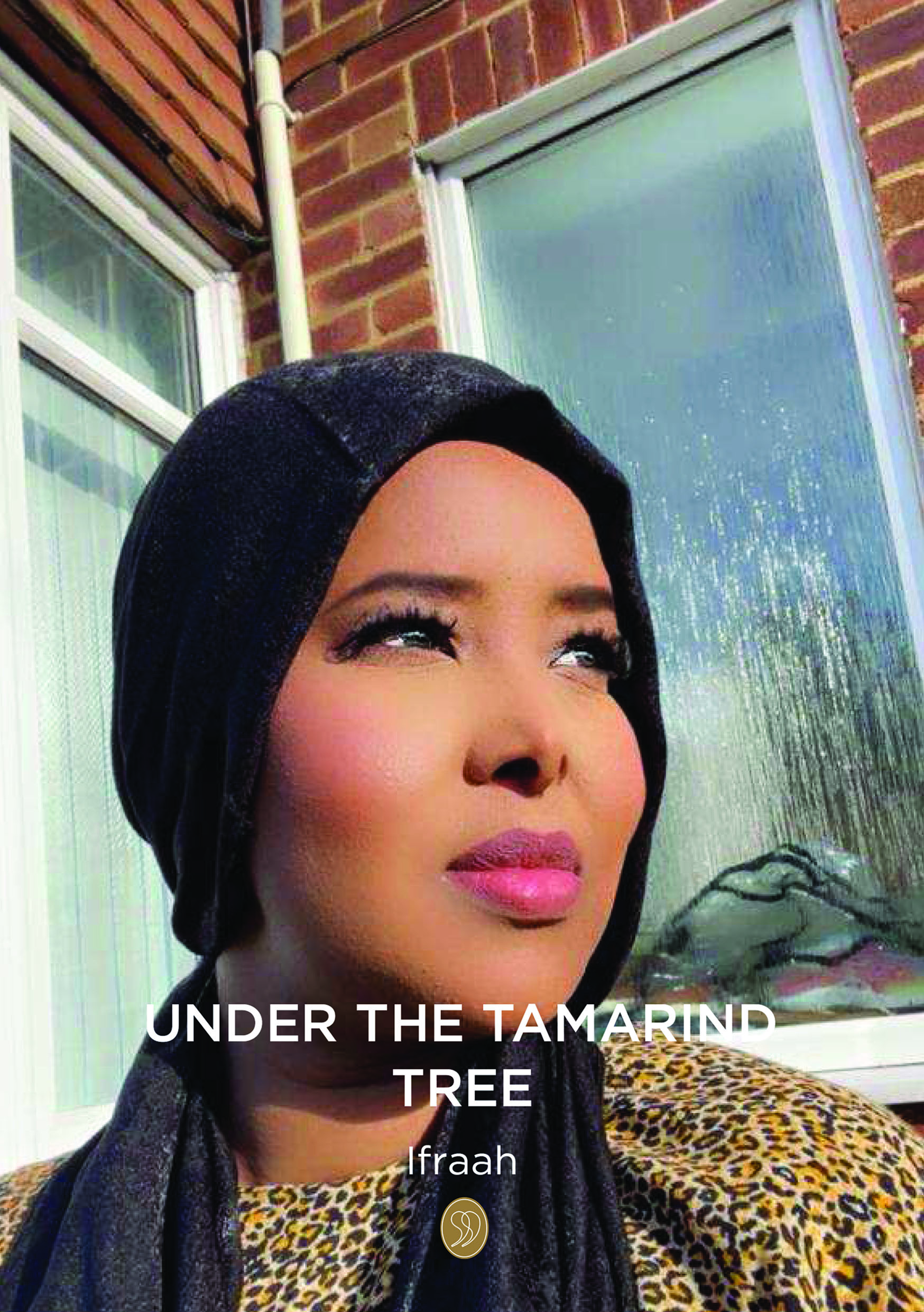



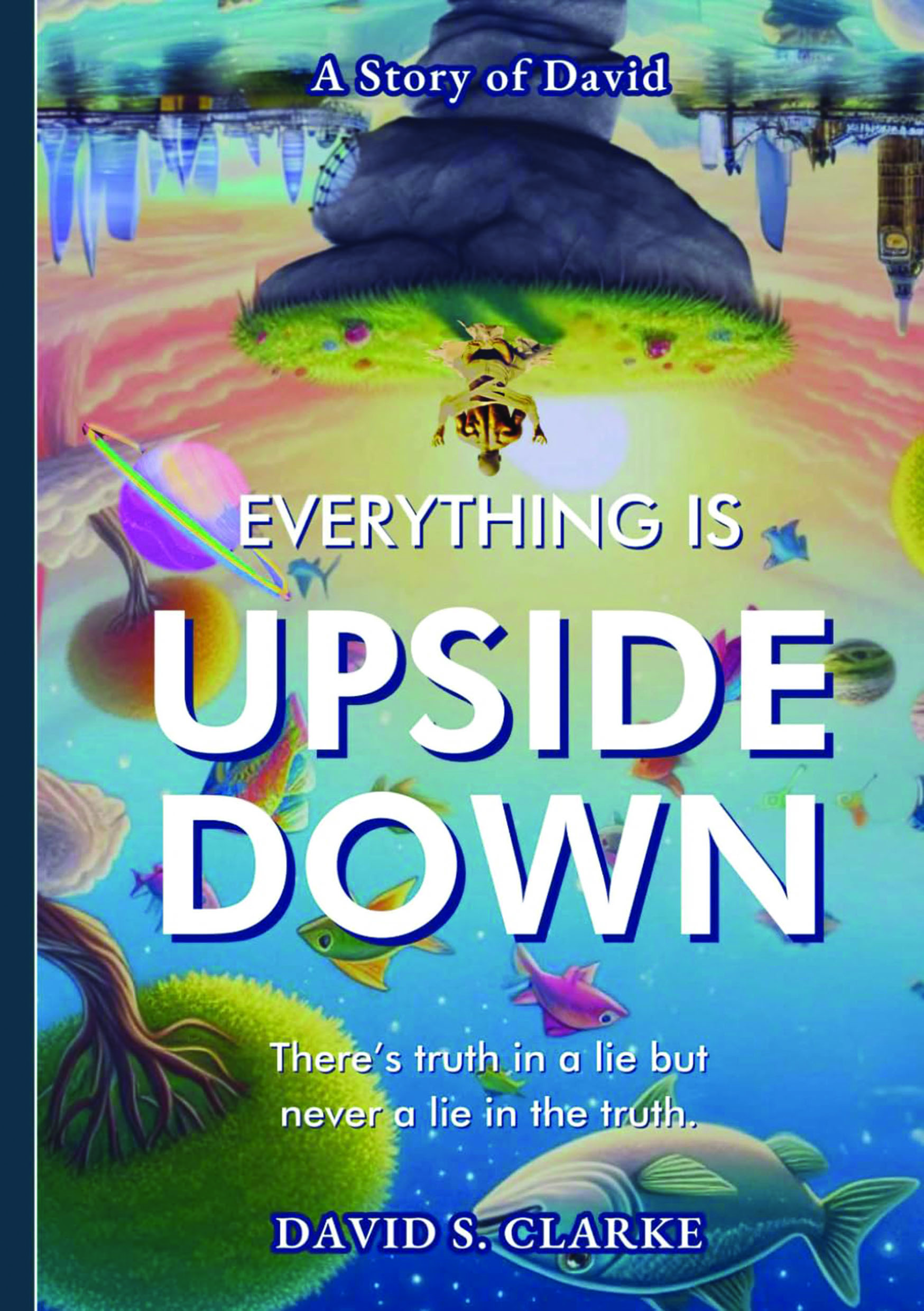



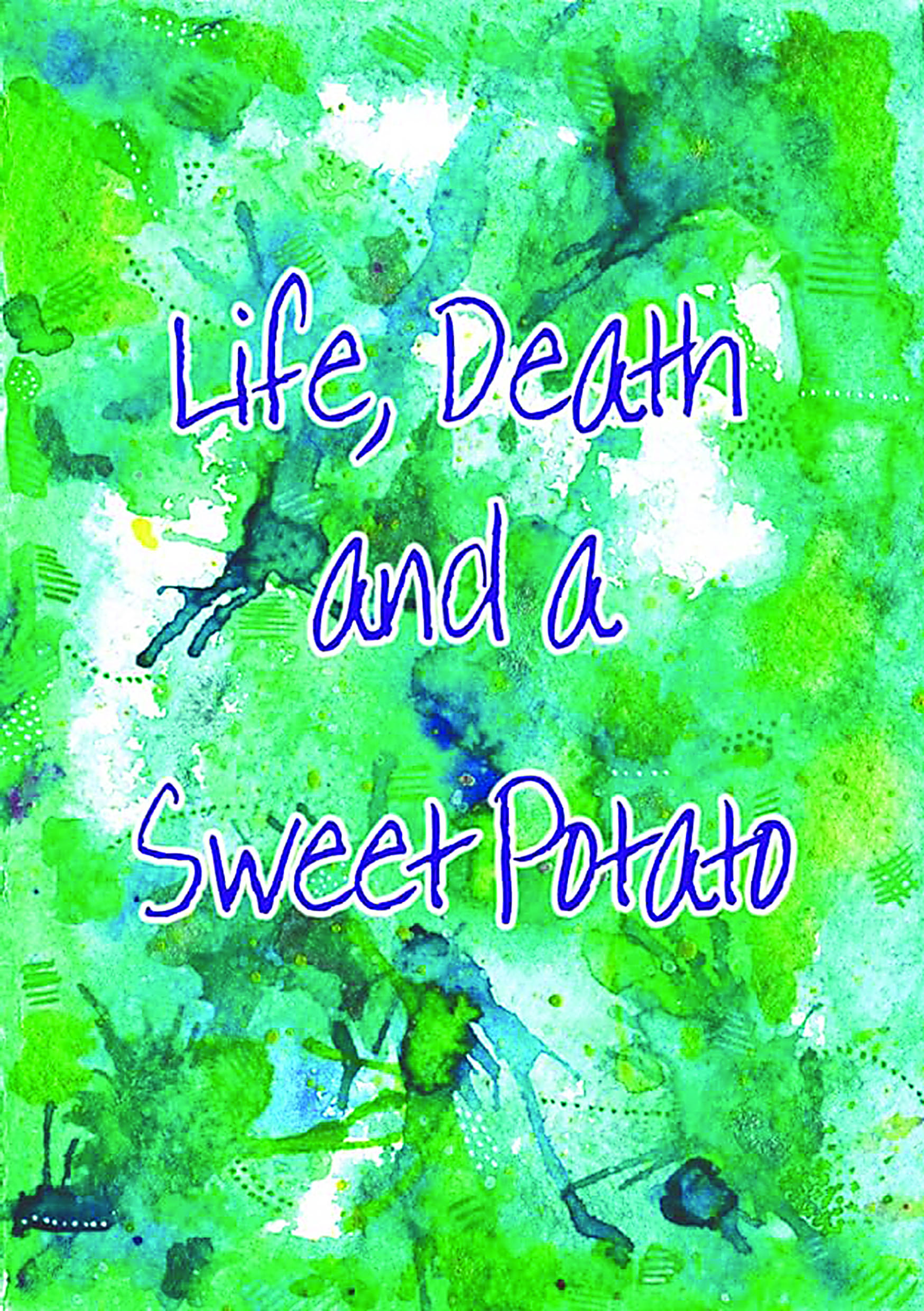

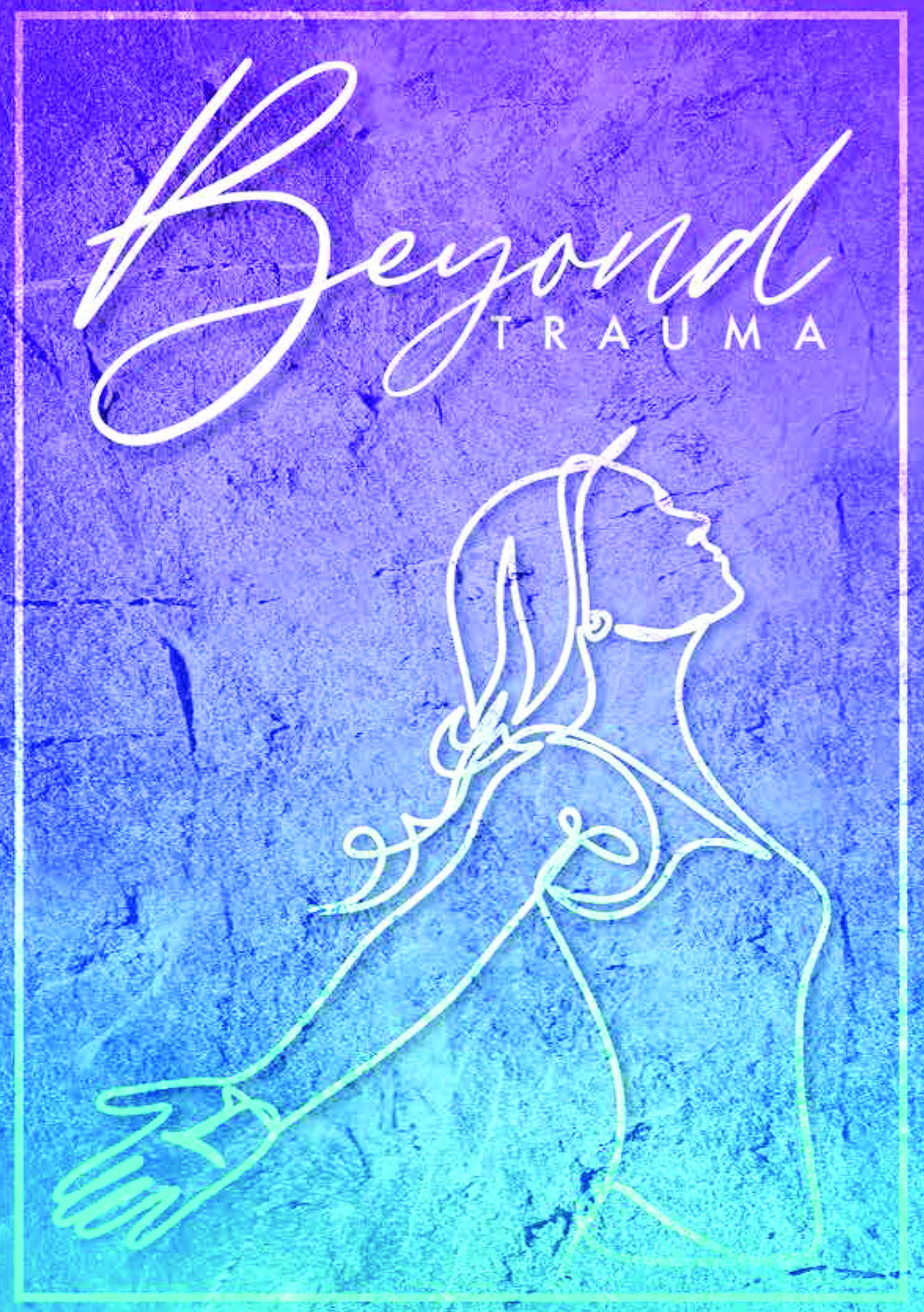



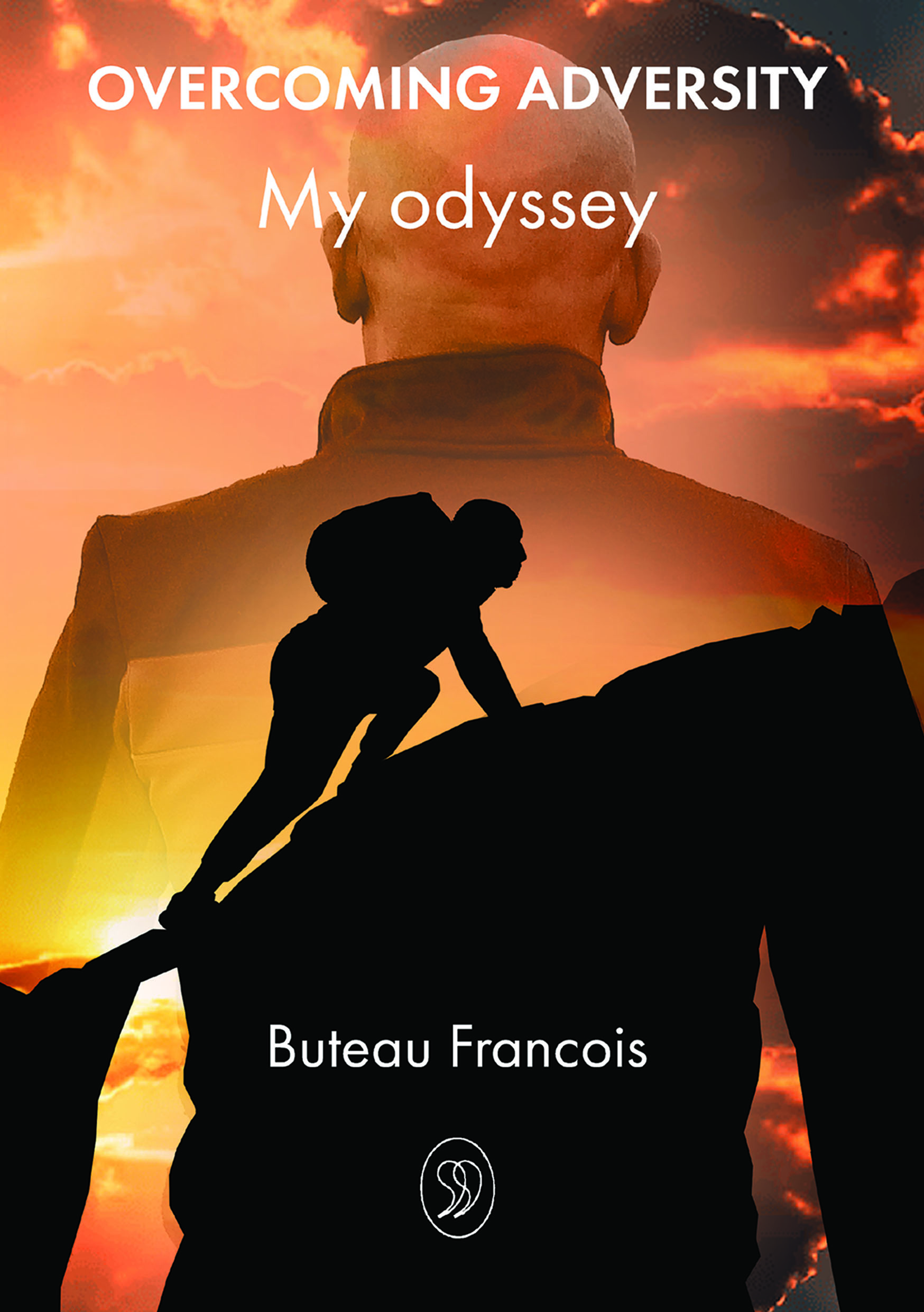

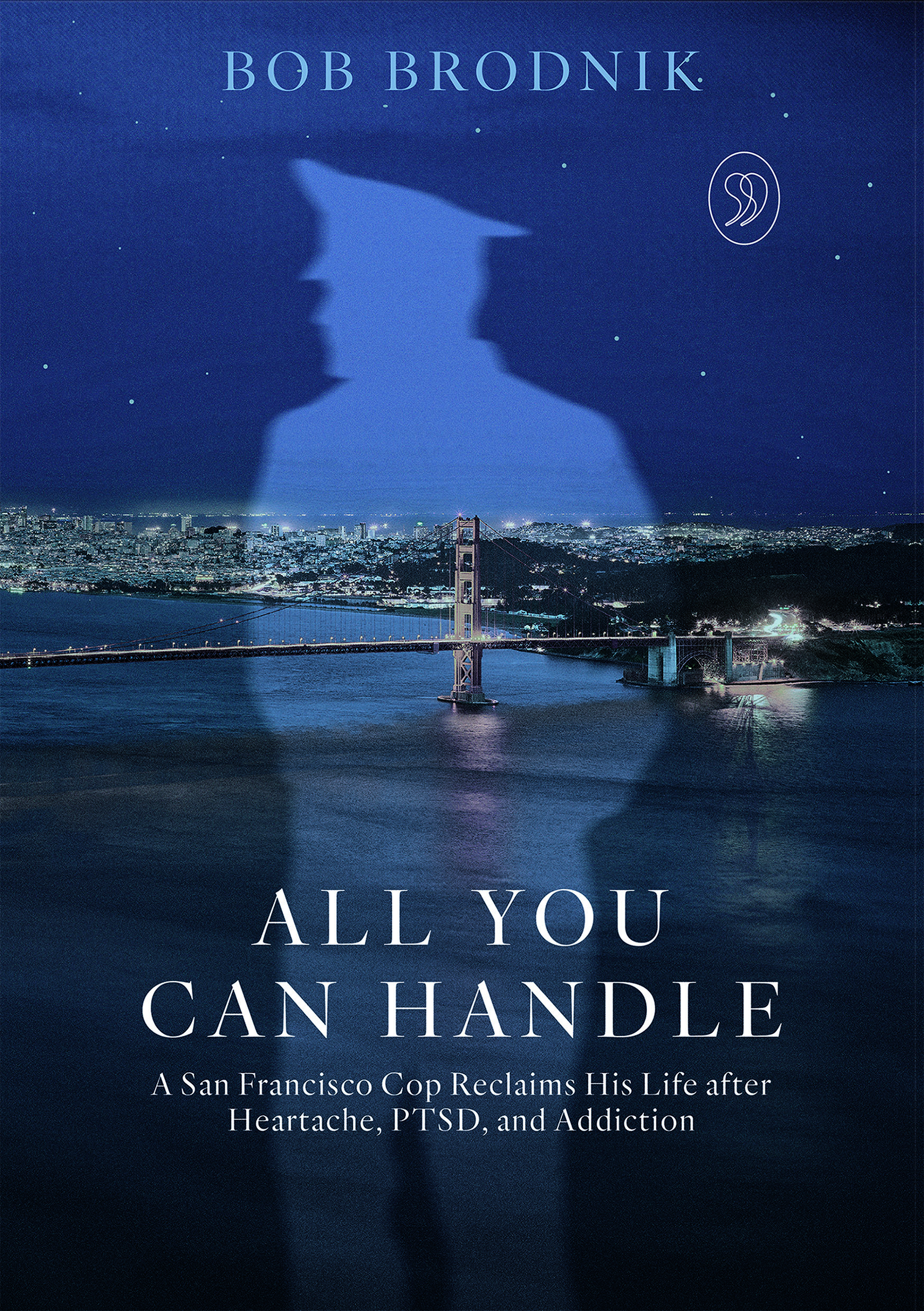

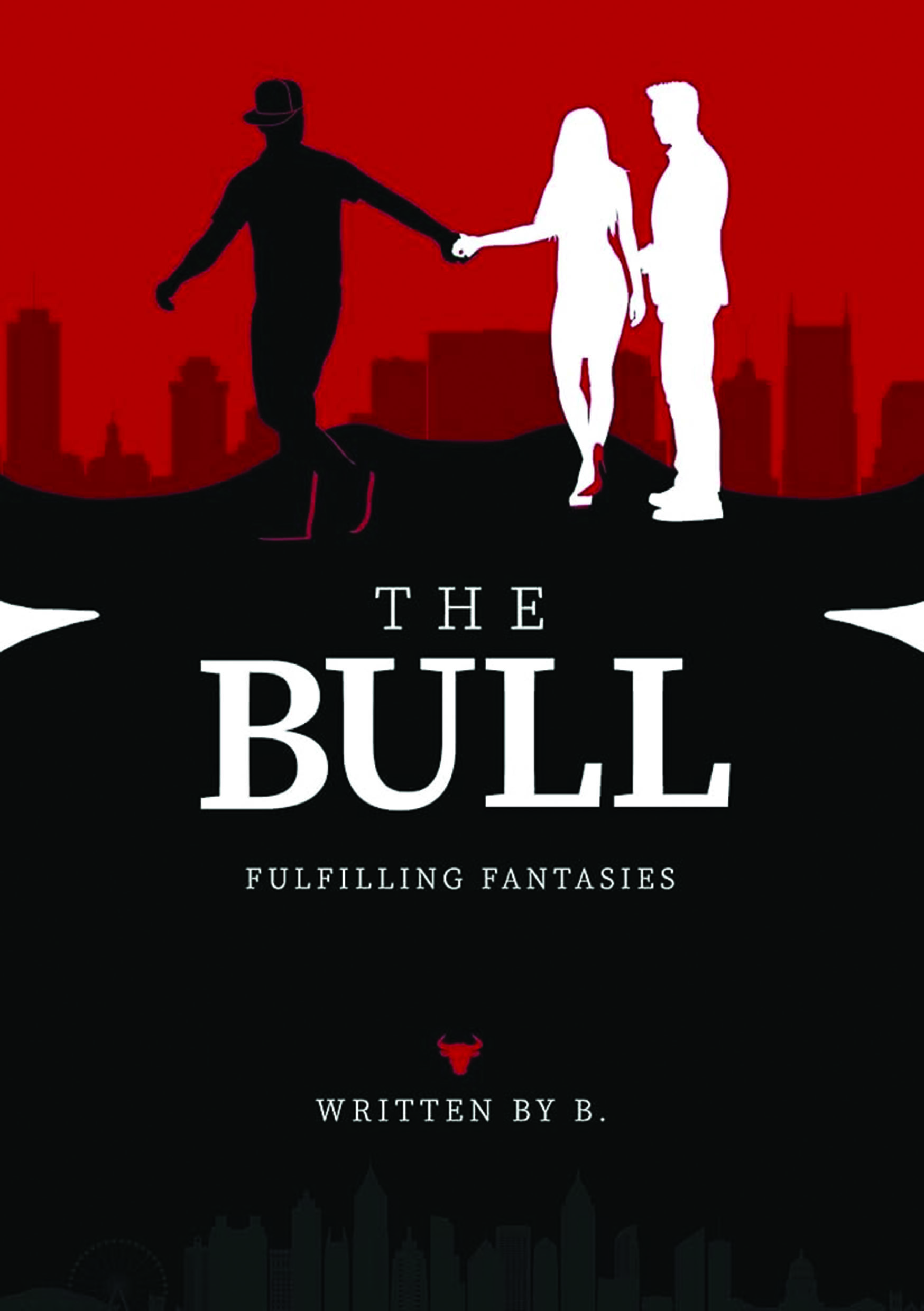



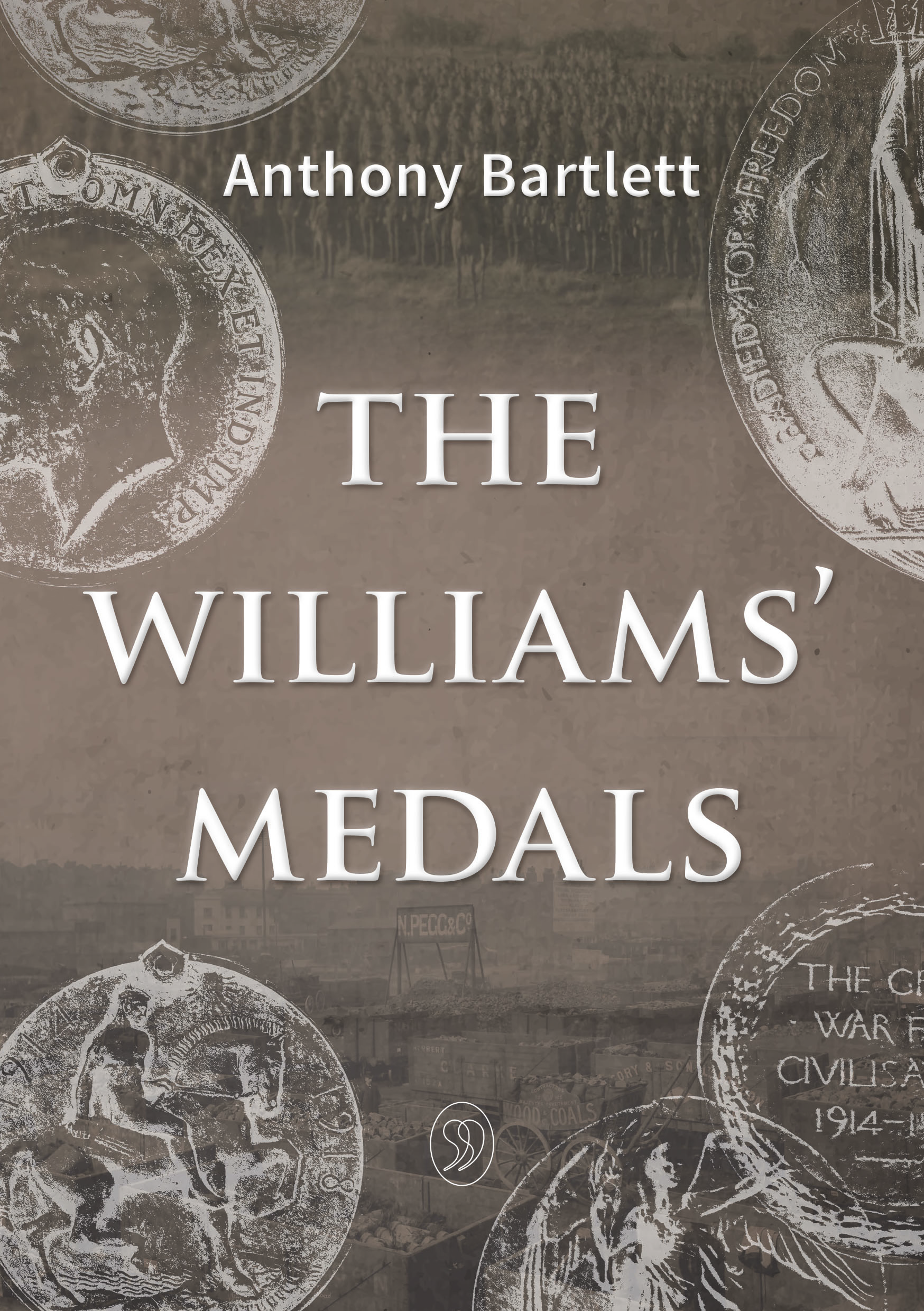

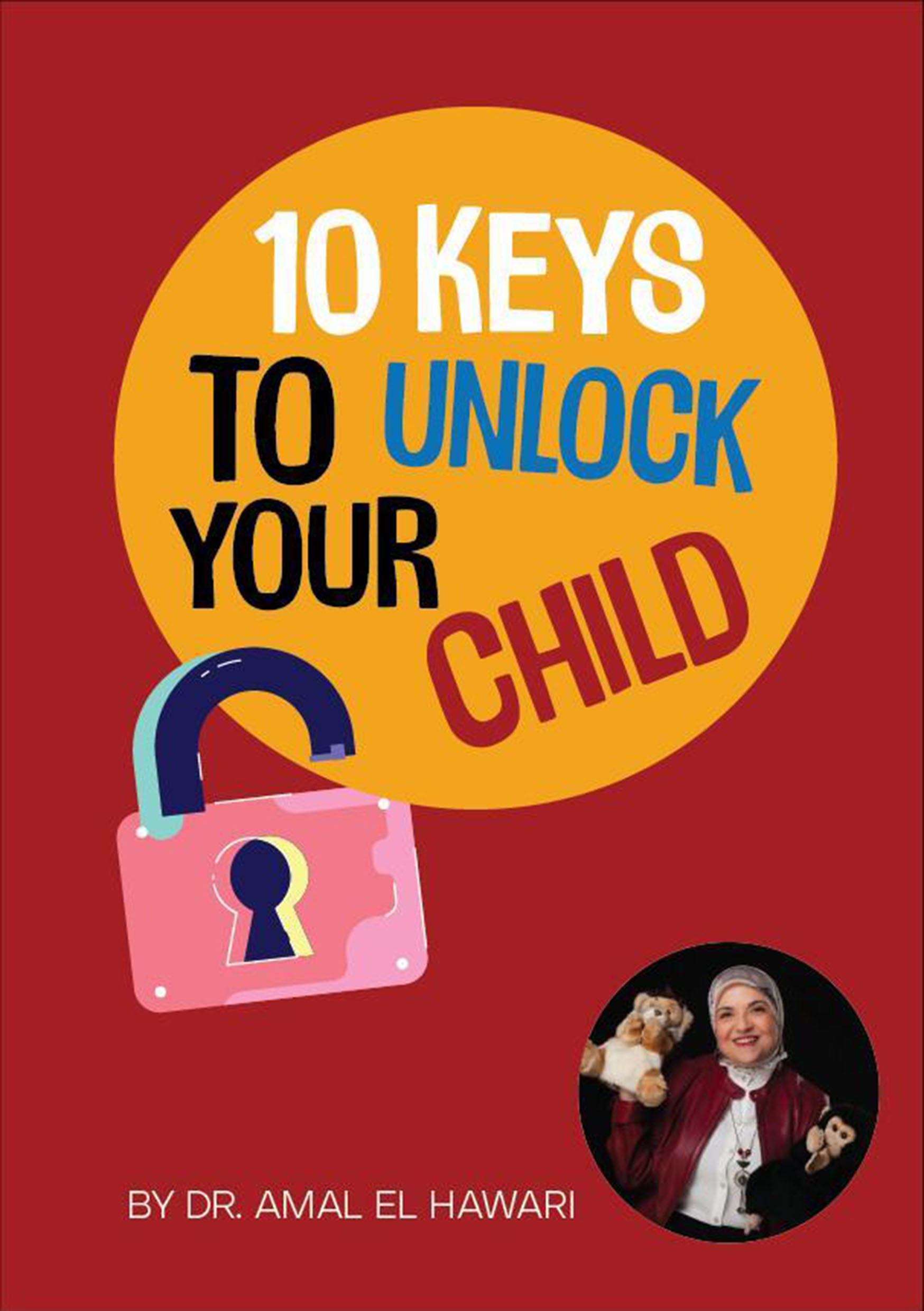

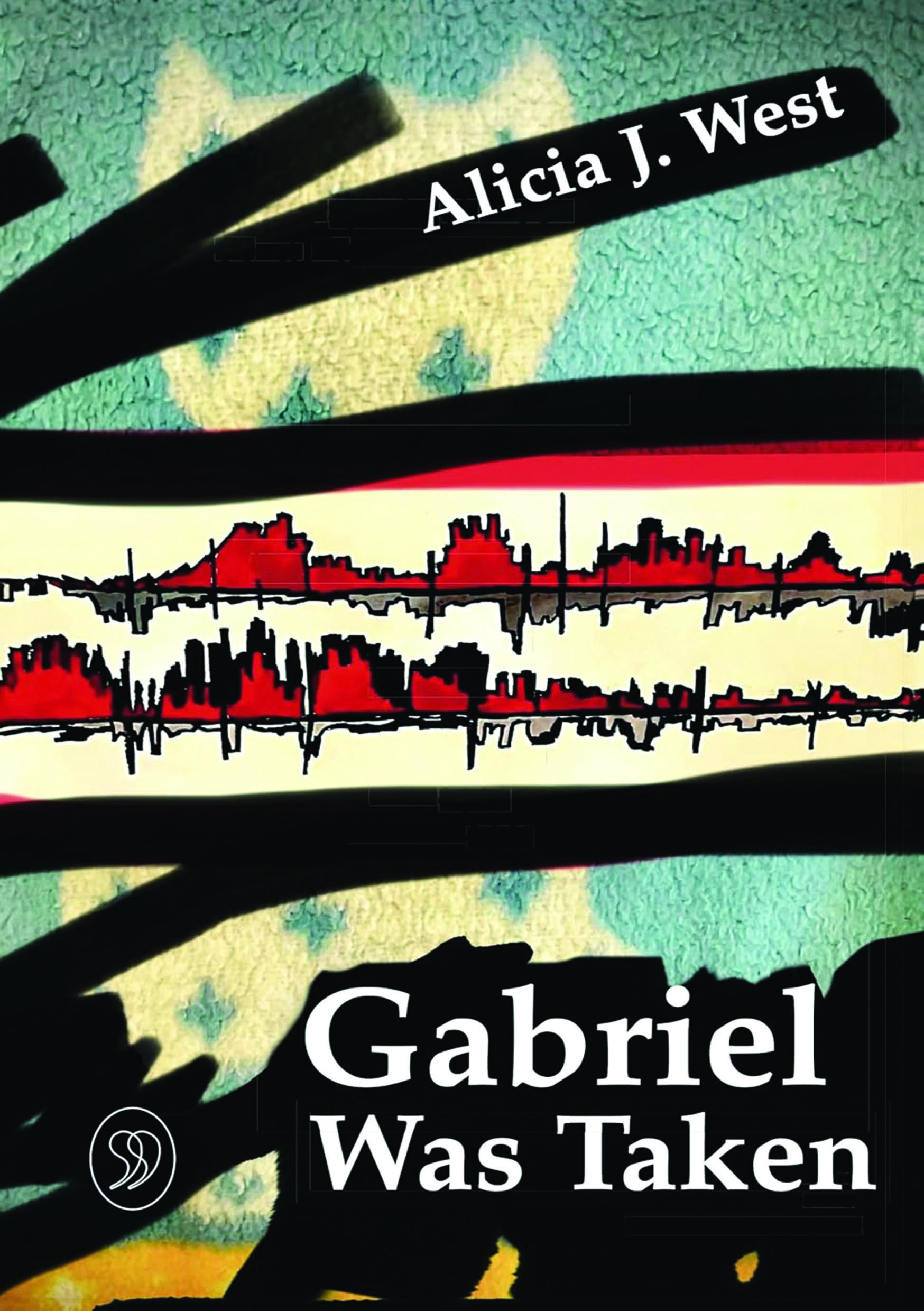









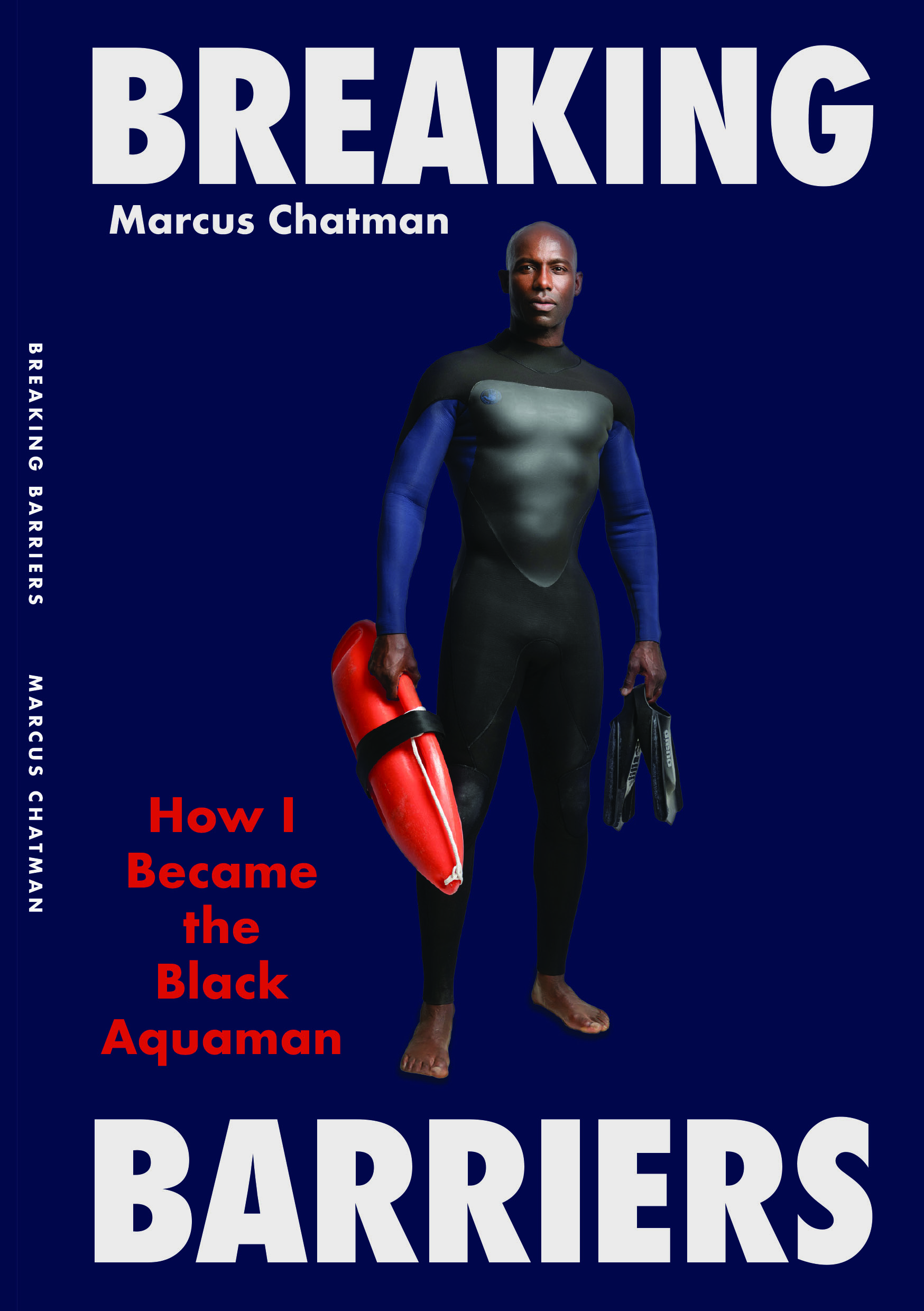



.jpg)









.webp)
























